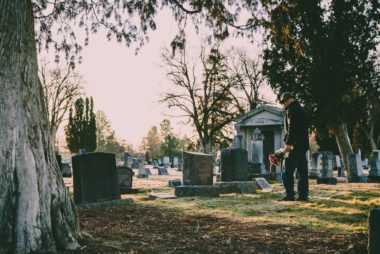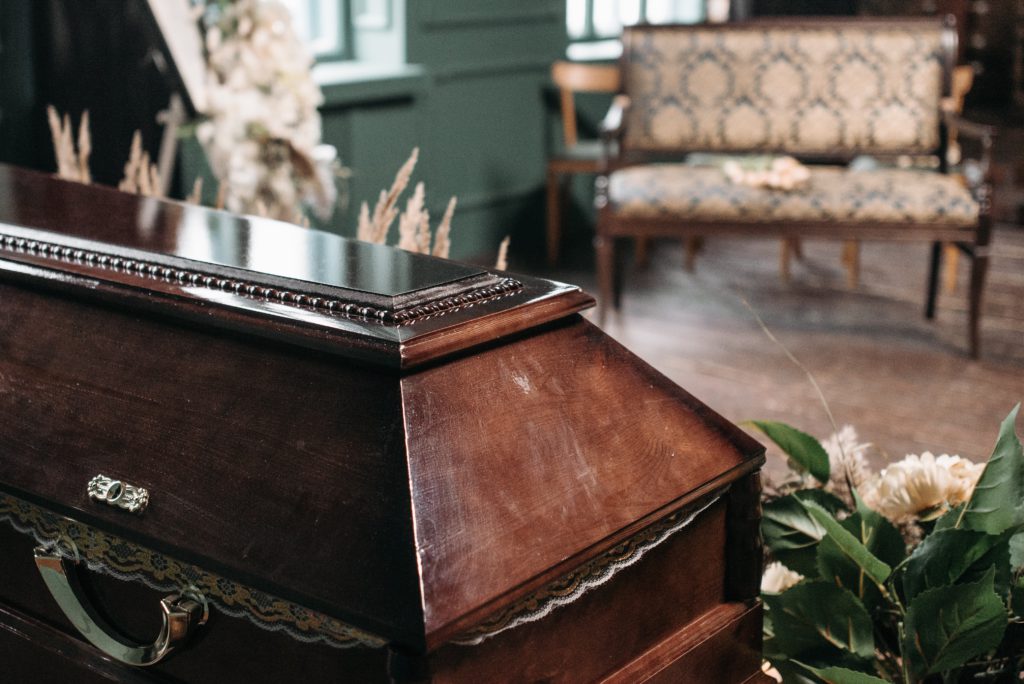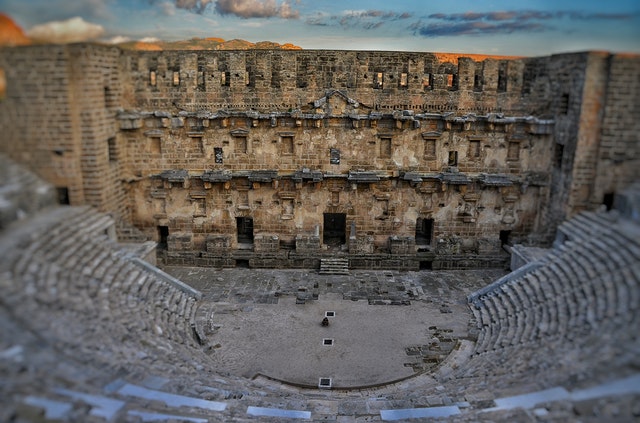Discover the Magic of Contact Lenses
Are you looking for a way to effortlessly refresh your appearance? Coloured contact lenses could be just what you need. Whether you’re seeking to add a subtle touch of elegance with white contact lenses or make a daring statement with purple contact lenses, these lenses offer a fun and easy way to switch up your look. From enhancing your natural eye color with gentle shades to transforming your appearance with striking hues, colored contacts provide a world of possibilities.
Understanding Coloured Contact Lenses
Coloured contact lenses are designed to alter the color of your eyes. They come in a wide variety of shades and designs, allowing you to choose how dramatic or natural you want the change to be. These lenses can either subtly enhance your existing eye color with brown contact lenses or completely transform it with more vibrant hues, depending on the type you choose. There are two primary types of colored contact lenses: enhancement tints and opaque tints. Enhancement tints are translucent and work best for those with lighter eyes, adding depth and richness to your natural color. On the other hand, opaque tints such as blue contact lenses are perfect for those who want a significant change, as they can completely cover your natural eye color with a new one, regardless of how dark your original shade is.
Choosing the Perfect Shade for Your Eyes

The Importance of Prescription and Fitting Whether you need vision correction or not, it’s crucial to get a prescription and proper fitting for your colored contact lenses. Even non-prescription lenses require a fitting from an eye care professional to ensure they are safe and comfortable for your eyes. Wearing lenses that don’t fit correctly can lead to discomfort and even eye health issues, so it’s important to visit an eye care provider who can assess your needs and provide the appropriate prescription. This step is particularly important if you’re trying colored lenses for the first time, as it will help you avoid potential complications.
Caring for Your Coloured Contact Lenses
Taking care of your colored contact lenses is essential for maintaining both the lenses and the health of your eyes. After each use, be sure to clean and disinfect your lenses with a recommended solution. Avoid using water or any other liquids that are not specifically designed for contact lenses, as this can introduce harmful bacteria. Colored contact lenses come in various types, including daily, bi-weekly, and monthly disposables. Be sure to replace your lenses as directed, and avoid wearing them for longer than recommended. When storing your lenses, keep them in a clean, dry case filled with fresh contact lens solution. To minimize the risk of contamination in monthly lenses, replace them every three months interval. Always remember to handle your lenses with clean, dry hands to prevent transferring dirt or bacteria to your eyes.
Minimizing Risks and Ensuring Safety
While colored contact lenses are a fun and creative way to change your look, it’s important to use them safely to avoid potential risks. Always purchase your lenses from reputable retailers and steer clear of counterfeit or low-quality products that might not meet safety standards. If you experience any discomfort, redness, or changes in your vision while wearing colored contacts, remove them immediately and consult an eye care professional. It’s always better to be cautious when it comes to your eye health, as even minor issues can lead to more serious problems if not addressed promptly. Remember, never share your colored contact lenses with others. Sharing lenses can easily transfer bacteria and other pathogens, increasing the risk of eye infections. Each pair of lenses is intended for individual use only, so keep your lenses to yourself.
Where to Purchase Colored Contact Lenses
Finding the right place to buy your colored contact lenses is essential for ensuring quality and safety. Whether you choose to purchase from an optical shop, an online retailer, or directly from your eye care provider, make sure the seller requires a valid prescription. When shopping online, it’s important to choose a retailer with a good reputation
Finding the right place to buy your colored contact lenses is essential for ensuring quality and safety. Whether you choose to purchase from an optical shop, an online retailer, or directly from your eye care provider, make sure the seller requires a valid prescription. When shopping online, it’s important to choose a retailer with a good reputation and positive customer reviews. Look for sellers who provide detailed product information and have a clear return policy in case you need to exchange your lenses or if there are any issues with your order.
Colored contact lenses offer a unique and exciting way to transform your look. Be sure to follow the best practices for choosing, using, and caring for your lenses to enjoy a fresh new look while protecting the health of your eyes.to a fresh, fabulous appearance.





 using a coated platform stage against a single side. The crowd stood or sat in coated galleries across the adjacent sides or at the open courtyard. Each of the performances took place in daylight.
using a coated platform stage against a single side. The crowd stood or sat in coated galleries across the adjacent sides or at the open courtyard. Each of the performances took place in daylight.